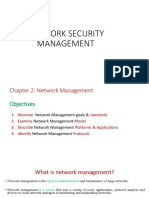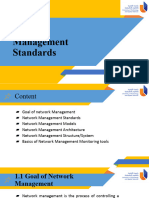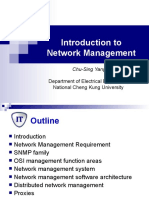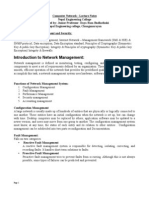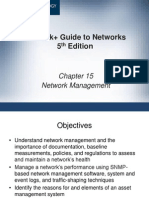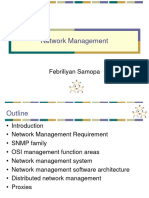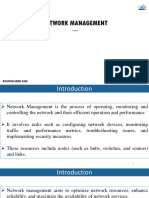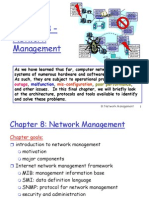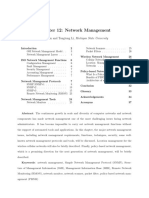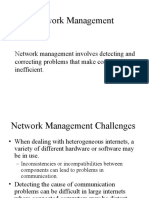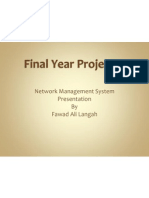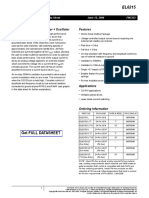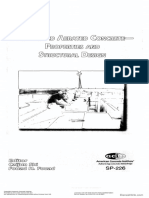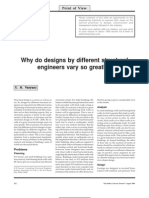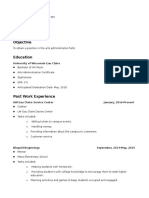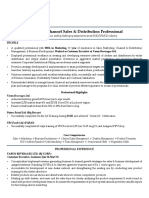0% found this document useful (0 votes)
25 views11 pagesMCA Data Communication and Computer Networks 15
The document discusses network management systems including configuration management, fault management, performance management, and SNMP. It describes the functions and importance of network management for monitoring networks and addressing issues.
Uploaded by
SAI SRIRAMCopyright
© © All Rights Reserved
We take content rights seriously. If you suspect this is your content, claim it here.
Available Formats
Download as PDF, TXT or read online on Scribd
0% found this document useful (0 votes)
25 views11 pagesMCA Data Communication and Computer Networks 15
The document discusses network management systems including configuration management, fault management, performance management, and SNMP. It describes the functions and importance of network management for monitoring networks and addressing issues.
Uploaded by
SAI SRIRAMCopyright
© © All Rights Reserved
We take content rights seriously. If you suspect this is your content, claim it here.
Available Formats
Download as PDF, TXT or read online on Scribd
/ 11


